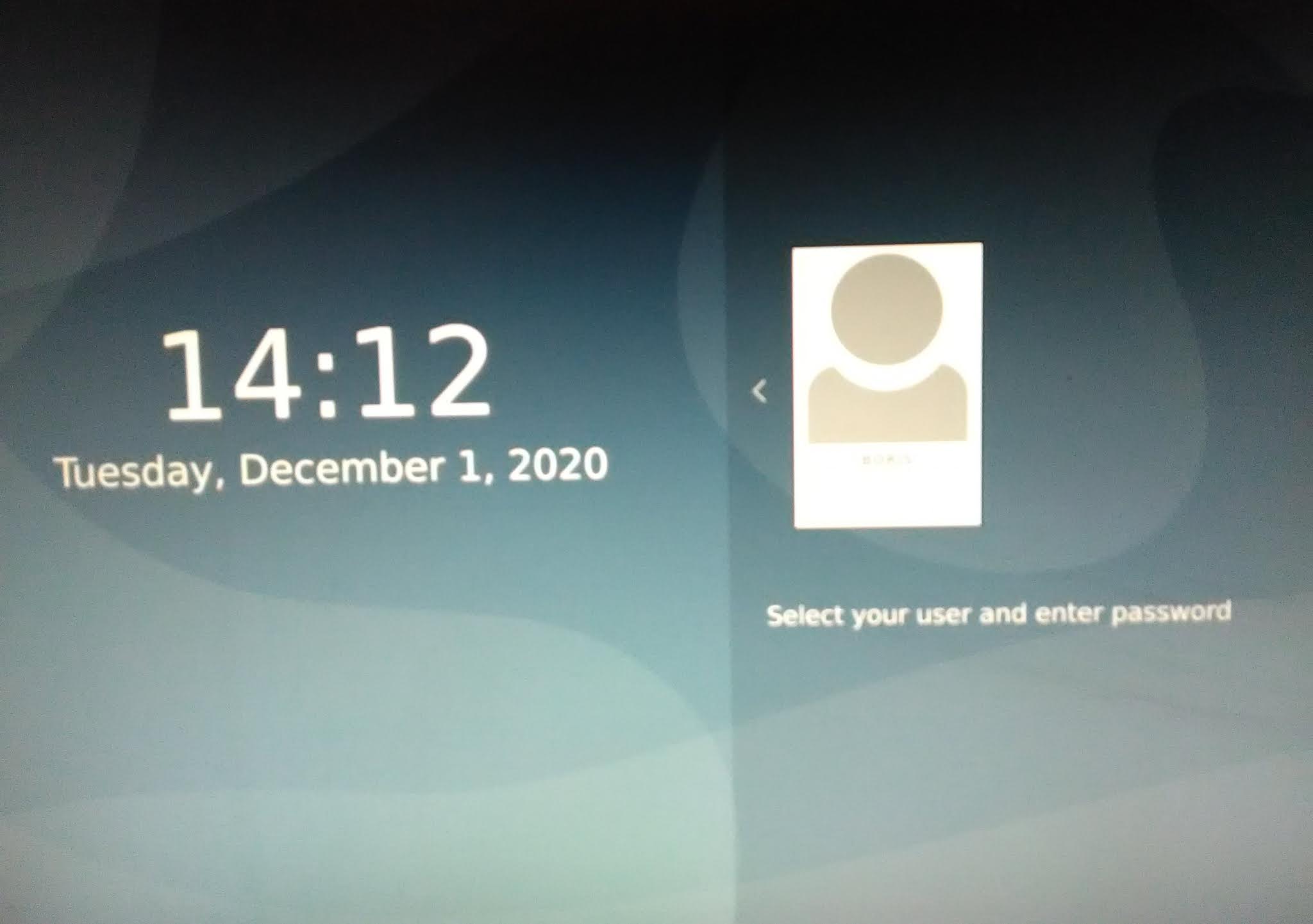

Removed lua-language-server since it wasn't working properly with Emacs lsp-modeģ. I don't know what caused it, but to be more specific on what I did today from loging in normally to the time I quit AwesomeWM heres what I can remember:Ģ. (usually it appears, then after some seconds it goes to the regular mint login scren but now it just stays there). I rebooted the pc, and suddenly it just gets stuck at that terminal login prompt without showing me the graphical login interface. After that I decided to quit Awesome to login again to see if my changes worked, but it got stuck on a black screen. I was doing some seemingly normal things, changing the config for Emacs and then AwesomeWM. But it is a starting point.So I've been using Mint (20.2) for quite a while, and everything has been perfect until now. The look-alikes may ignore this, and use their own scripts. Xdm uses a different set of scripts to start, e.g., your ~/.xsession script along with system scripts. The packagers for gdm disallow most of the desktop types, making it unsuitable for my needs. On Debian I generally use kdm, because that allows different desktop types.

On the other hand, if you want to choose a GUI (LXDE, KDE, etc), then xdm and look-alikes such as kdm, gdm or LightDM are used for selecting different desktop types. The startx script is a front end to xinit(1) that provides a somewhat nicer user interface for running a single session of the X Window System. Startx is not the only way to start X (as you see from startlxde). If that is not found, it uses the file xinitrc in the xinit library directory. To determine the client to run, startx first looks for a file called. Pass server arguments after - on the command line of startx. For example, if you want to run multiple GUI sessions at the same time, you can pass a different display number each time. The startx command also lets you specify arguments to pass to the server.
#Startx command not found debian 9 full#
The startx program has a quirk: you need to use the full path to the program. If you want to try out other environments as a one-off, you can specify a different program to run on the command line of startx itself. ~/.profile near the top, to set some environment variables.) (Or not identical: in ~/.xsession, you might want to do other things, because that's the first file that's executed in a graphical session for example you might put.

On some Unix variants, that would only run for graphical logins, not for startx, so you'd also need to create an identical ~/.xinitrc. If LXDE wasn't the system-wide default and you wanted to make it the default for your account, you could use the following ~/.xsession file: #!/bin/sh Or get a more verbose description indicating which one is current with update-alternatives -display x-session-manager On Debian and derivatives, you can check the available session managers with update-alternatives -list x-session-manager Your system presumably has /usr/bin/startlxde as the system-wide default session manager. Typically, you would use exec at the end of the script, to replace the script by the session manager or window manager. When the script ends, the session terminates. keyboard settings, resources, applets that aren't started by the window manager, etc.), and then at the end run the program that manages the session. Whether you use ~/.xinitrc or ~/.xsession, this file (usually a shell script, but it doesn't have to be if you really want to use something else) must prepare whatever needs to be prepared (e.g. The use of ~/.xinitrc to specify what gets executed when you run startx or xinit is universal. Once again, I'm describing Debian here, other Unix variants might set things up differently. xinitrc, you'll have to do all of these manually.
#Startx command not found debian 9 password#
Using ~/.xsession goes through /etc/X11/Xsession so it sets up things like input methods, resources, password agents, etc. The file ~/.xinitrc is specific to xinit and startx. if you type your password in a GUI window). The file ~/.xsession is also used if you log in on a display manager (i.e. If you want control over what gets executed, you can create one of the user files, either ~/.xsession or ~/.xinitrc. The Debian scripts look for a user session in other files ( ~/.xsession, ~/.xsessionrc, ~/.Xsession) and, if no user setting is applicable, runs x-session-manager (falling back to x-window-manager if no is installed, falling back to x-terminal-emulator in the unlikely case that no window manager is installed). On Debian (including derivatives such as Raspbian), /etc/X11/xinit/xinitrc runs /etc/X11/Xsession which in turn runs scripts in /etc/X11/Xsession.d. What this script does varies between distributions. The client session is ~/.xinitrc if present, and otherwise /etc/X11/xinit/xinitrc (the location may vary between distributions). Startx runs xinit which starts an X server and a client session.


 0 kommentar(er)
0 kommentar(er)
